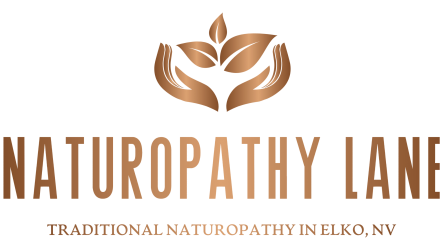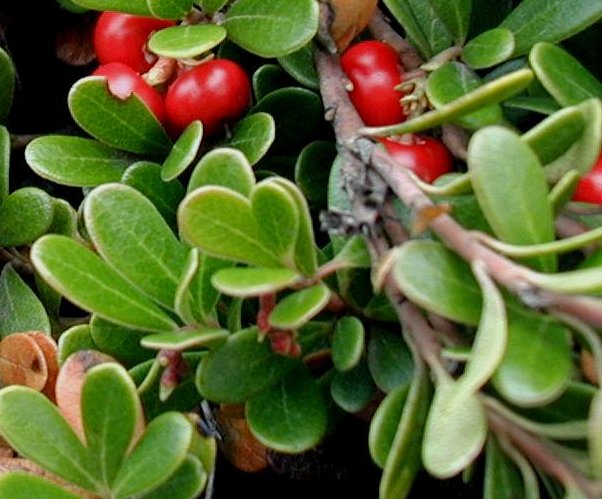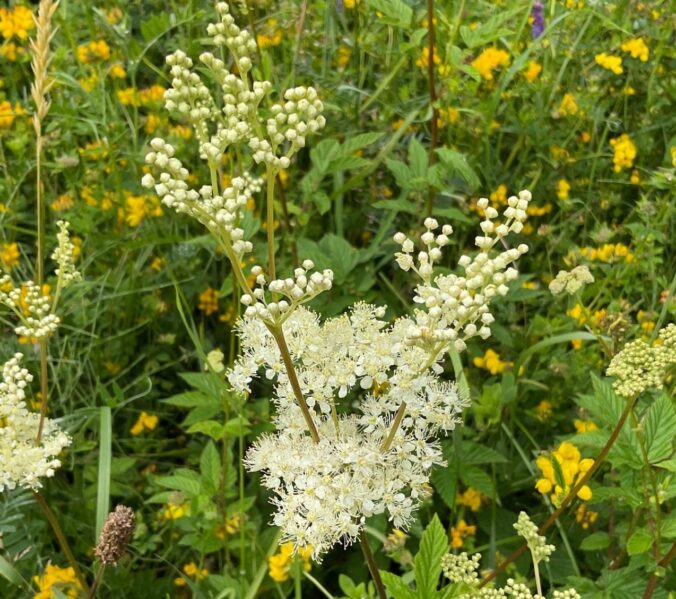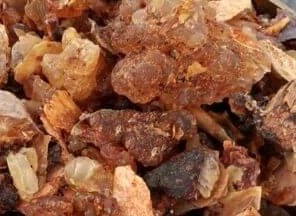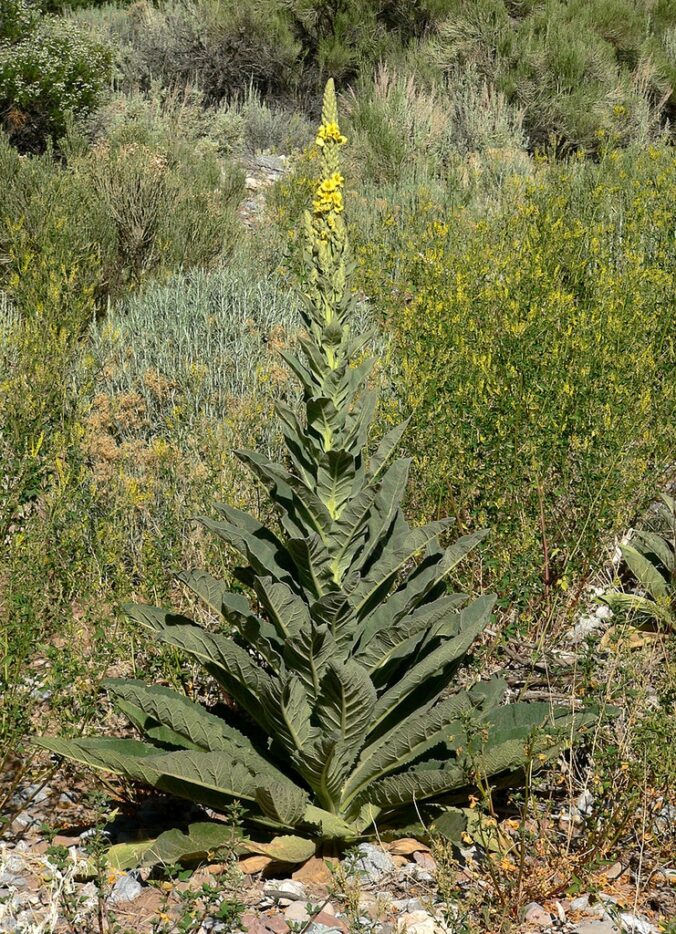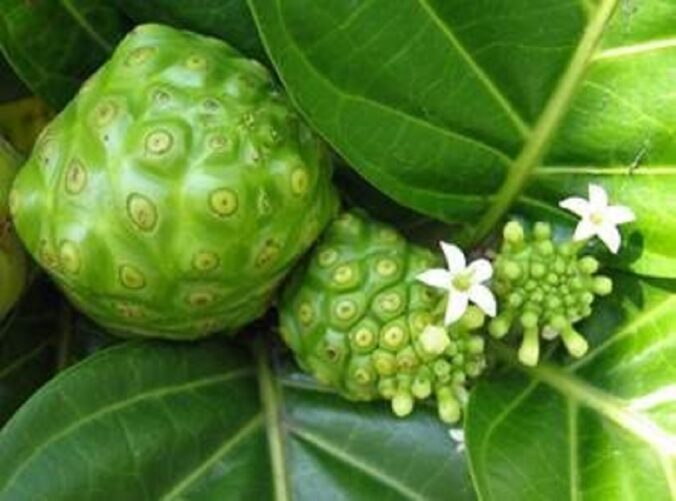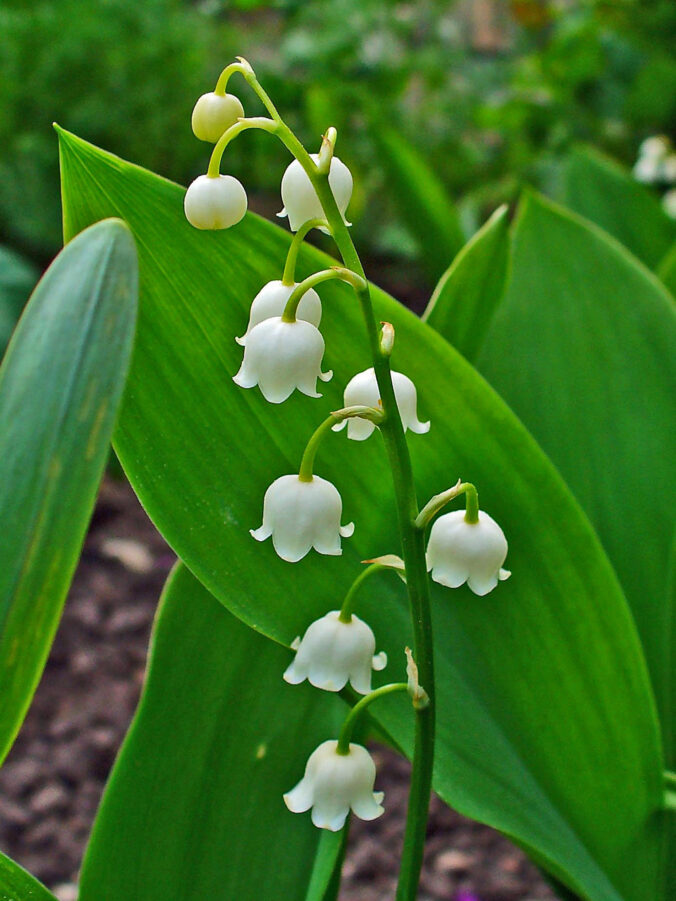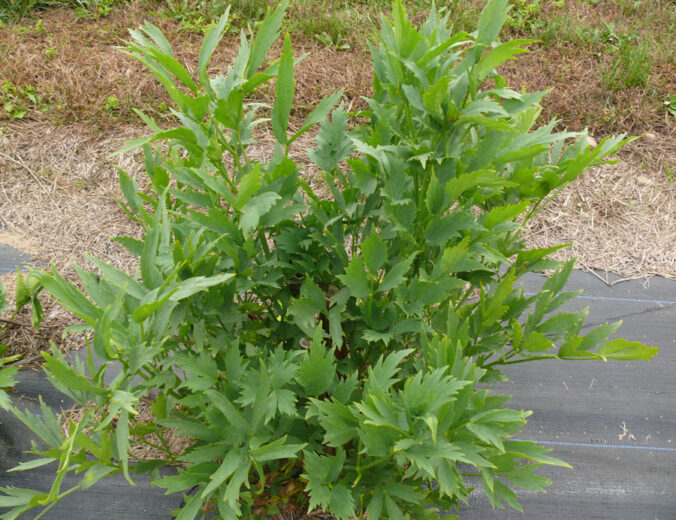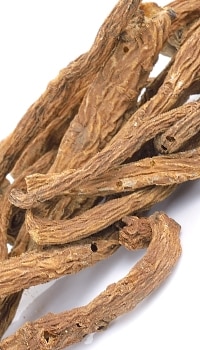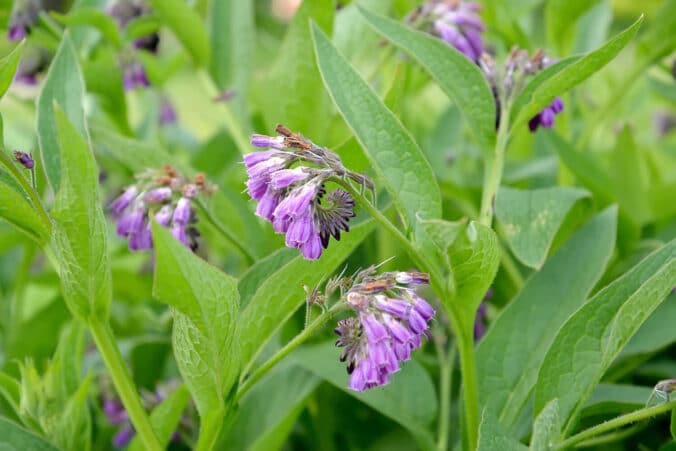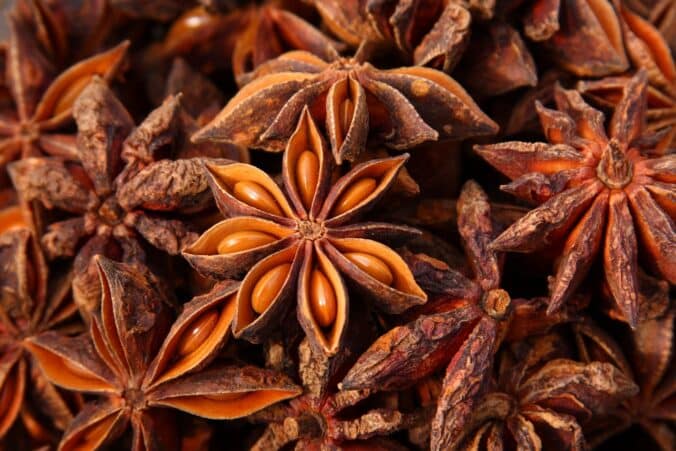Uva Ursi (Arctostaphylos uva-ursi) is an evergreen shrub that belongs to the Ericaceae family and is native to colder regions in North America, Europe, and Asia. It has been used for centuries in natural medicine systems around the world due to its various medicinal properties. In this blog post, we will discuss the benefits of Uva Ursi as a natural supplement, including its chemical composition, traditional uses, and potential health benefits.
The scientific name for Uva Ursi is Arctostaphylos uva-ursi. It belongs to the Ericaceae family, which also includes blueberries, cranberries, and azaleas. The leaves, stems, and fruit of Uva Ursi are all used in natural medicine. They can be consumed as a tea or tincture, or they can be used topically to help alleviate skin irritations.
Uva Ursi contains a variety of chemical compounds that contribute to its medicinal properties. Some of the key constituents found in this herb include flavonoids, phenols, and tannins. These compounds have been shown to exhibit anti-inflammatory, antioxidant, and antibacterial properties.
The various chemical compounds found in this herb work together to help alleviate symptoms associated with certain health conditions. For example, the flavonoids and phenols found in Uva Ursi can reduce inflammation in the body by inhibiting the production of pro-inflammatory cytokines. Additionally, the tannins and ursolic acid found in Uva Ursi help protect cells from damage caused by free radicals and have been shown to exhibit antibacterial and antiviral properties.
The recommended dosage of the herb depends on the form in which it is consumed. For tea or tincture, 1-2 cups per day is recommended. For supplements, follow the instructions on the packaging. It is important to note that Uva Ursi can cause stomach upset and diarrhea in some people. Additionally, pregnant women should avoid taking Uva Ursi, as there is limited information available about its safety during pregnancy.
Uva Ursi has been shown to be effective in treating a variety of health conditions. Here are some potential health benefits:
* Urinary Tract Infections (UTIs): The diuretic properties of this herb can help flush out the kidneys and urinary tract, making it a useful remedy for UTIs. Additionally, the antibacterial properties of the herb can help kill off harmful bacteria that cause UTIs.
* Kidney Stones: The compounds found in Uva Ursi can help break up kidney stones by increasing urine production and reducing inflammation in the kidneys.
* Gout: The anti-inflammatory properties of this herb can help reduce inflammation associated with gout, making it a useful natural remedy for this condition.
* Colds and Flu: The antioxidant properties of this herb can help protect cells from damage caused by free radicals, which can contribute to the symptoms of colds and flu. Additionally, the diuretic properties of the herb can help alleviate fever and body aches associated with these conditions.
* Skin Irritations: The topical application of this herb leaves or tincture can help soothe skin irritations, such as acne, psoriasis, and eczema.
Its anti-inflammatory, antioxidant, and antibacterial properties make it a useful remedy for a variety of health conditions, from UTIs to gout to colds and flu. However, it is important to note that pregnant women should avoid taking this herb, and it can cause stomach upset and diarrhea in some people. As with any natural remedy, it is always best to consult with a healthcare professional before adding Uva Ursi to your health regimen.
